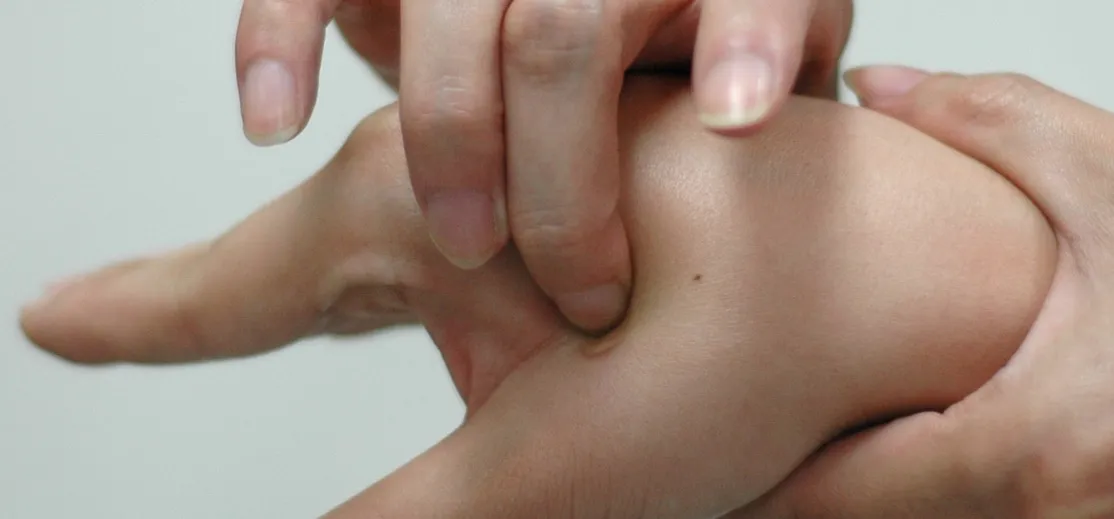When exercising at a high intensity, you know to expect some level of pain. That can make it difficult to identify when your body gives you a warning sign of injury. If you pay close attention, however, you can tell the good hurt from the bad.
I talked to Dr. Brian Parr again, professor at the Dept. of Exercise and Sports Science at the University of South Carolina Aiken, who explained which symptoms of exercise are normal and which are bad:
"Anyone experiencing symptoms including dizziness, nausea, chest pain/discomfort, extreme shortness of breath, or sudden pain/muscle pull/joint pain should stop exercising! In general, people tend to be pretty good regulators of exercise intensity and slow down when they feel too short of breath or muscle soreness. You should feel hot and sweat when you exercise, but feeling very hot, especially if you aren't sweating, is a sign to stop or slow down."
Dr. Parr also suggests a rating tool that can help you understand how hard you're pushing yourself and when you've gone too far:
"We often use a tool called Rating of Perceived Exertion (RPE), which is a subjective assessment of how hard the exercise feels. The classic RPE scale ranges from 6 (rest) to 20 (maximal exertion), and the typical recommendation is between 13-15. This is consistent with an exercise intensity that will improve fitness and be sustainable for most people. There is a modified 1-10 scale; an exertion of 5-7 is a good goal. Obviously, some people will exercise outside of this range, but for most people, this is a good guide."
Once you have an idea of how your safe range of exertion feels, you can keep yourself within those levels to avoid hurting yourself. Dr. Parr notes that some people like to push themselves and stress their bodies further, which is when problems begin to occur. Nobody likes to miss out on an exercise goal, but if you feel you need to take a break—you should take it. This may seem like common sense, but in the moment it can be difficult to admit you've pushed yourself as far as you can safely go. It's one thing to know your limits, but you open yourself up to injury if you don't obey them as well.
For more advice from Dr. Parr, check out my last guide on why you shouldn't stretch to warm up for exercise or sports.
Cover image by Rennet Stowe/Flickr


























Comments
Be the first, drop a comment!